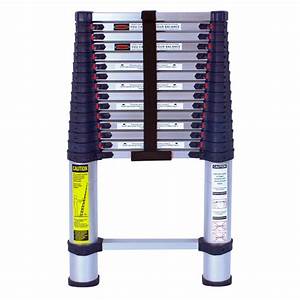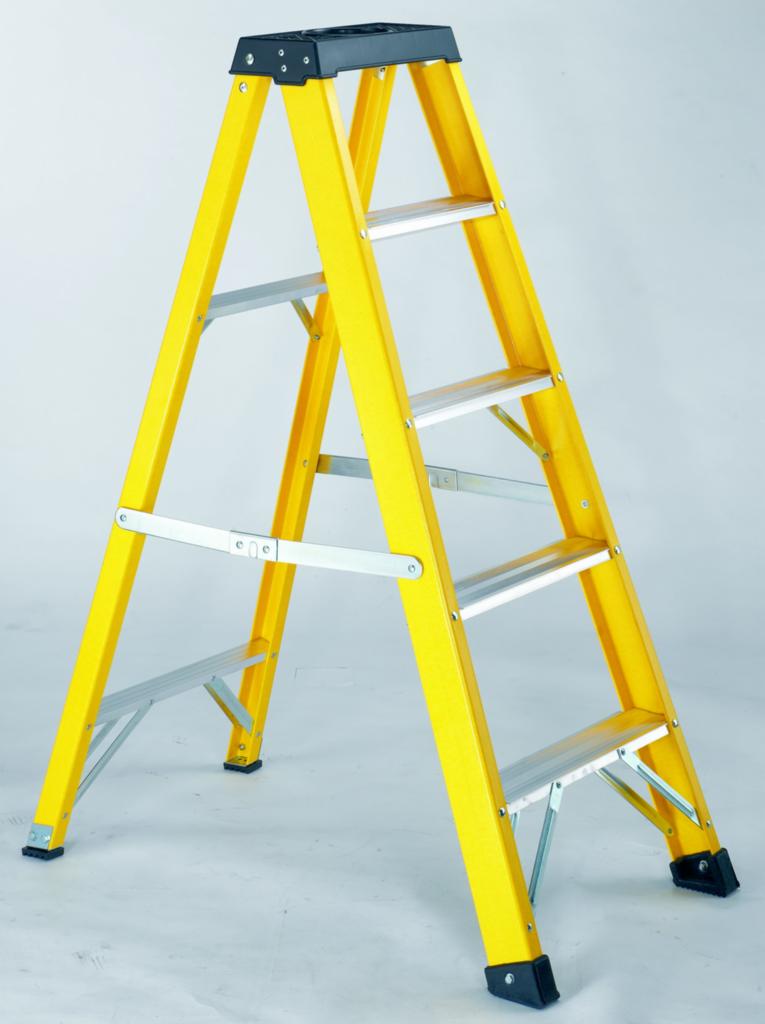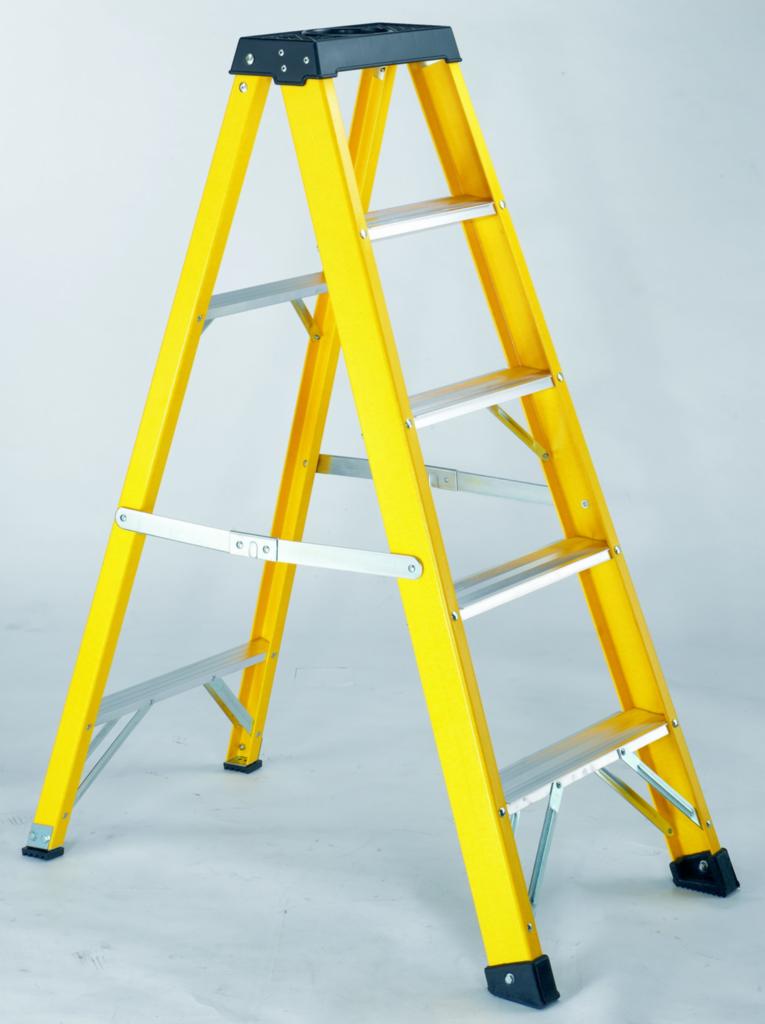Title Page
-
Site conducted
-
Conducted on
-
Prepared by
-
Location
Method Statement - Safe Use of Ladders
-
Working Area
1. Corden off the area you are working in.
2. Never use this equipment if you are feeling ill or under the influence of drink or drugs.
3. Never use this equipment near buss bars or overhead power lines.
4. Never exceed the units safe working load.
5. Always inspect the ladder before use.
6. Check that the floor is level.
7. Check that the surface is not wet or slippery.
8. Inspect the wall or surface to ensure it is sturdy enough to hold the ladder.
9. Check for protrusions which might obstruct the ladder or make the operator lean out.
Ladder Set Up
1. The base of the ladder should be a distance equivalent to 1 rung out from the bottom of the object it is being leant against for every 4 rungs of vertical height.
2. When the ladder is in place, 3 rungs should extend over the top girder.
3. Operators should never stretch out from the ladder.
4. Operators should always have one hand on a rung at least.
5. Operators must wear shoes that are fit for purpose.
6. Never carry any loads up a ladder which are unstable.
7. When the ladder is being footed the operator must have their hands on the stiles not the rungs.
8. If in any doubt over safety, STOP and contact your supervisor. -
Have you read and understood the above Method Statement?
-
General: Identity mark/ladder tag in place/legible?
General?
-
Loose steps or rungs (considered loose if they can be moved at all with the hand)?
-
Loose or protruding nails, screws, bolts, rivets or other metal parts?
-
Cracked, split or broken uprights, braces, steps or rungs?
-
Cracks or impact damage?
-
Slivers on uprights, rungs or steps?
-
Damaged worn or missing non-slip feet/bases?
-
Clean and free of oil, mud, paint, corrosion etc.?
Stepladders:
-
-
Wobbly or unstable (from side strain)?
-
Loose or bent hinge spreaders?
-
Stop on hinge spreaders broken?
-
Broken, split or worn steps?
-
Loose hinges?
Telescopic ladders:
-
-
Loose, broken or stiff latches?
-
Defective locks that do not seat properly when the ladder is extended?
Platforms:
-
-
Wobbly or unstable?
-
Loose or bent hinge spreaders?
-
Stop or hinge spreader broken?
-
Platform bent or cracked?
-
Note: If you have answered yes to ANY of the above, the ladder must be removed from use and marked with a label to ensure further use is prohibited and returned to the service yard. All repair work to ladders and steps may only be carried out by a competent person.
-
Safe to Use?
-
Inspection carried out by:
-
Select date

















